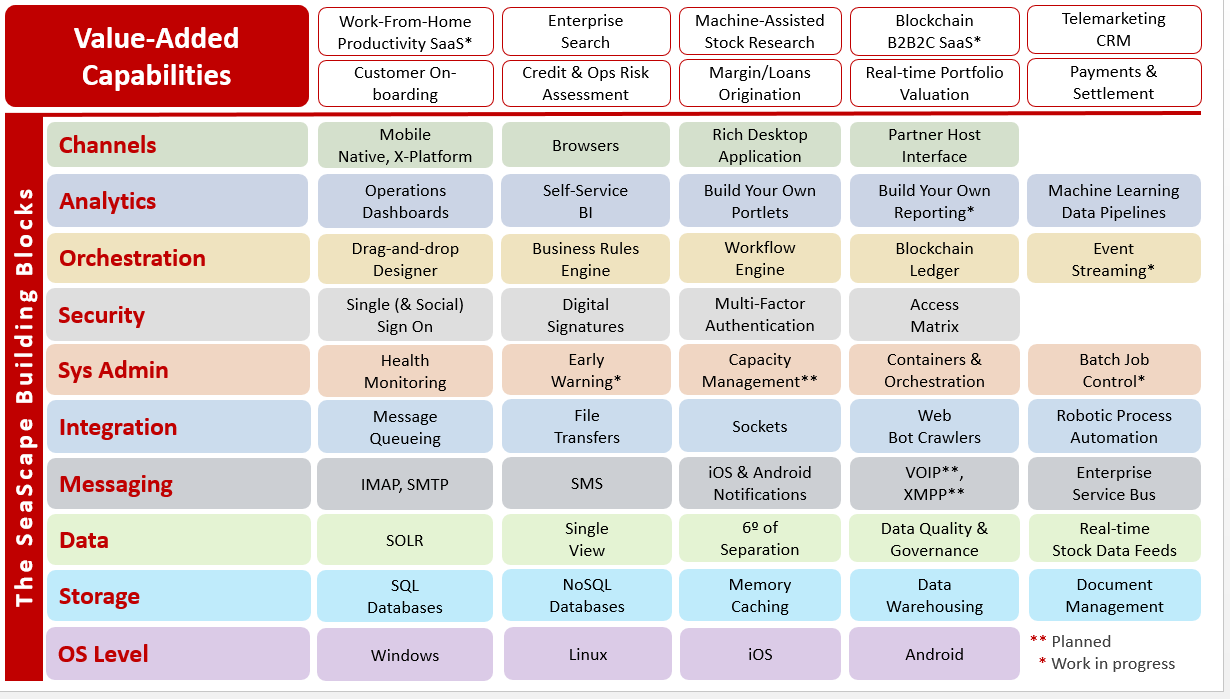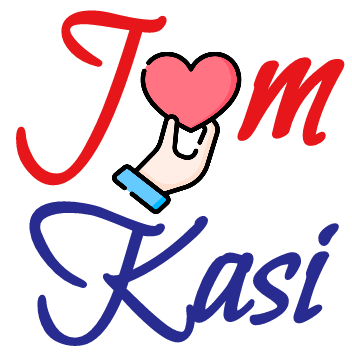SeaScape ® Enterprise Software Framework
There is a lot of excitement in the thought of developing something fresh. It’s no surprise that new products are attempting to construct “super apps” in the wake of Grab’s popularity. Building such a product comes with several challenges, the most significant of which is the inability to develop a concept in the fastest and most cost-effective manner feasible
4 minutes read
Why is this hard?
People – Technology – Process!
Creating a product or service solution for your customers can be tough if you lack these three factors. The correct technical foundation and procedure are as important as having a good development team when it comes to putting your products into action. Majority of development projects fail due to:
Constantly Changing Technology
Technology may be both a blessing and a curse. Because of the quick advancement of technology, we have a wide range of new and improved features to choose from. On the other side, if we don’t keep up with the rapid advancements in technology, we risk being left behind and becoming obsolete as a result.
Skilled Resources Are Becoming Scarce
Full-stack engineers who are up-to-date on the latest developments in the computer industry are becoming increasingly rare. Out there, it’s an employee’s market. An organization’s ability to attract and retain highly skilled personnel is an expensive endeavour.
Building From Scratch is Costly & Time Consuming
Most enterprise application software is built from scratch. Companies with multiple projects and programmers have employed this development method. Worse, the same teams used it on several projects.
Non-Repeatable Best Practices & Processes
Re-inventing the wheel will take up valuable time. Repetition of system development is both time-consuming and expensive. There will be fewer impediments to getting things done if you have a set of procedures in place that are followed consistently.
How We Ourselves Solve This Problem?
Over the years, we have built modules, subsystems, APIs, interfaces & data models, and now, these are unified into a reference Soft-Skills Enterprise Architecture, the SEASCAPE ®. Broadly, SEASCAPE ® is an open-sourced application framework that unifies modules, subsystems, APIs, interfaces and data models that we have built over the years. It’s a pattern-based framework that implements modern, scalable tech best practices to on-board functionalities quickly and reliably. Our core product offerings and future turnkey projects assignments are based on this architecture.

The proof of the pudding is in the eating.
We employed the SEASCAPE ® framework in three projects with diverse functionality and saw the learning curve flatten and application development speed increase. We believe SEASCAPE® will help any firm develop applications to better serve its customers and markets. Characteristics of projects we’ve developed using SEASCAPE® were:


Building an architectural framework is not without its own obtacles
Despite the fact that frameworks are a promising technology for reducing costs and improving software quality, designing and using frameworks efficiently can take a lot of time and effort. A framework implementation success depends on a variety of factors:
The complexity of the domain’s design
The existing framework’s maturity. The first steps need the most work.
Tools identified for use in the framework have strong documentation and support.
Developers’ mastery of framework principles, patterns, features, and tools.
How you benefit?
Young & experienced implementation team
Vendor with proven delivery track record
Mature framework
Lower cost of ownership & maintenance in the long term
When a framework’s learning curve flattens, the framework’s applicability for a given application becomes evident. It takes 6-9 months for application developers to become productive with frameworks.
When the three sample projects were implemented utilizing this framework, the benefits were obvious.
Despite their many advantages, frameworks are not a permanent remedy. They do not relieve developers of the obligation of dealing with difficult design, implementation, validation, and optimization issues.
There is no substitute for human ingenuity and judgement. Frameworks can help to eliminate many incidental and inherent complications only when applied utilizing best practices, repeatable procedures, and methodologies. This results in better quality software with less overall time and effort.
Contact us today and explore with us how we can help your organization
